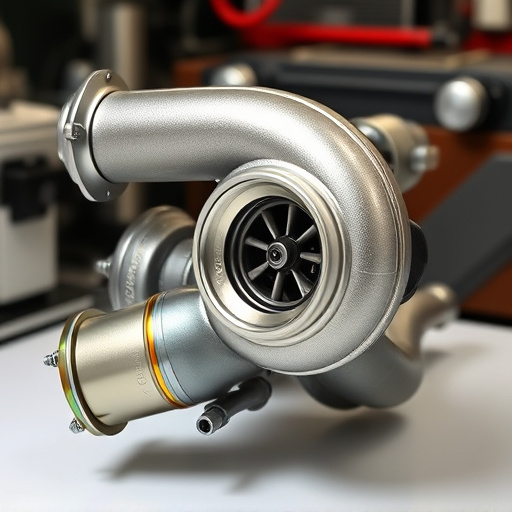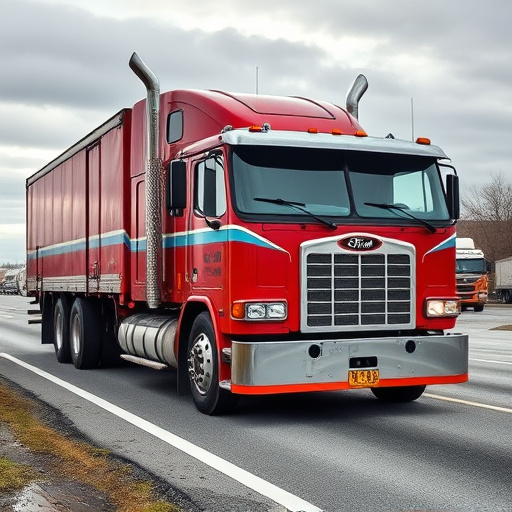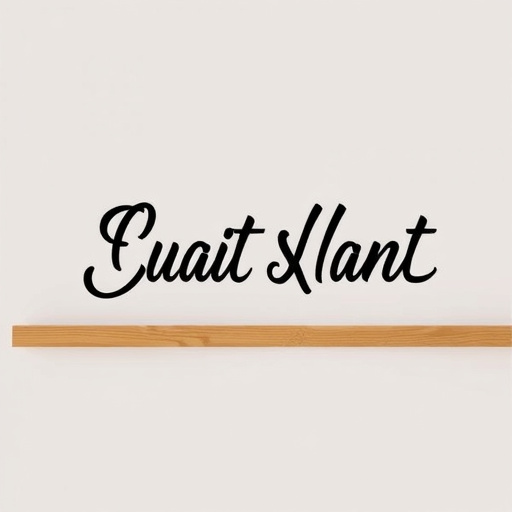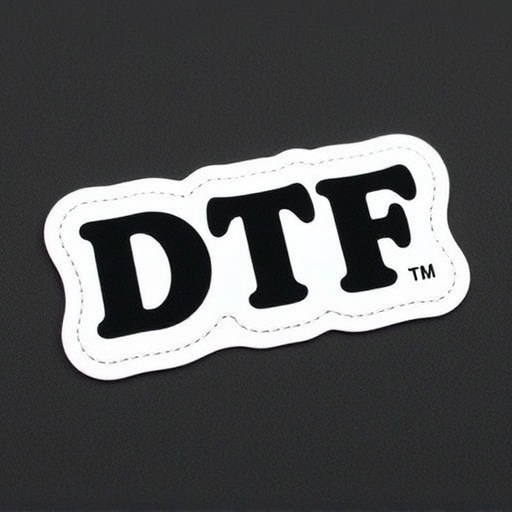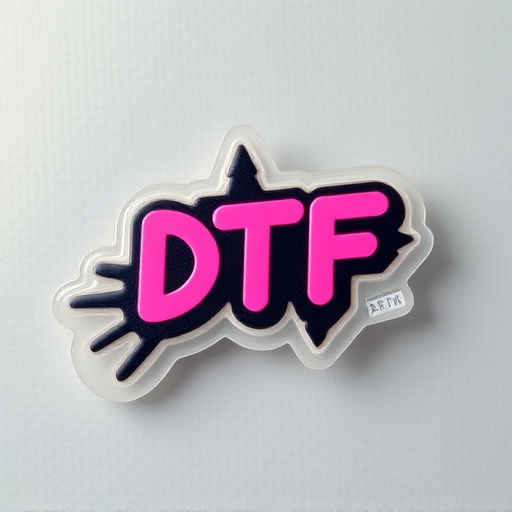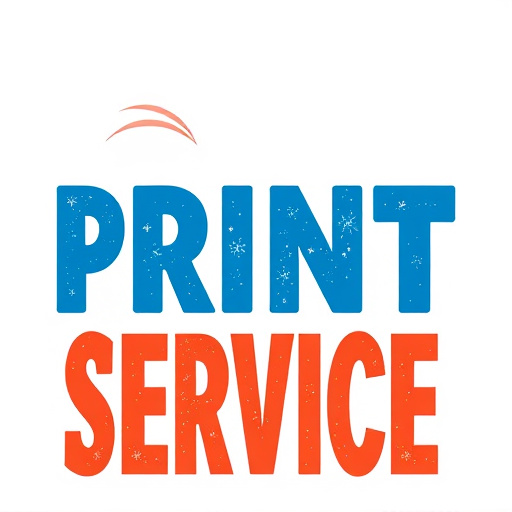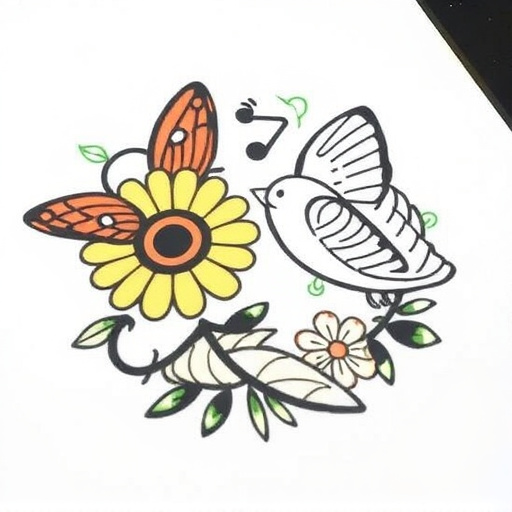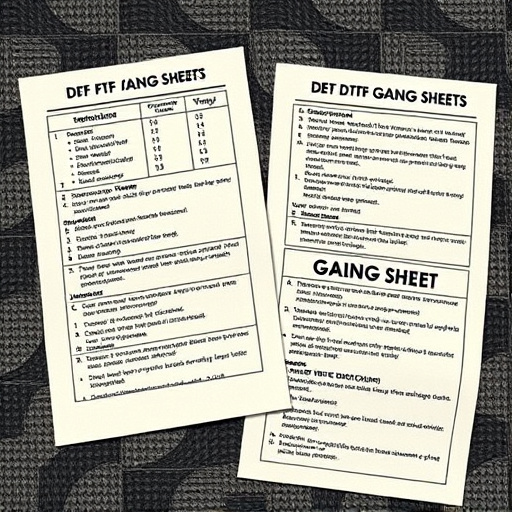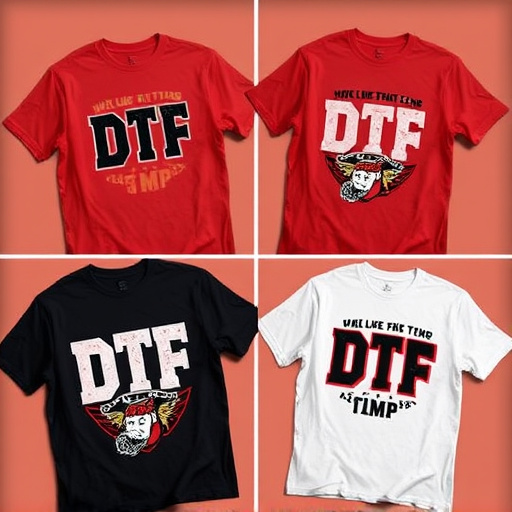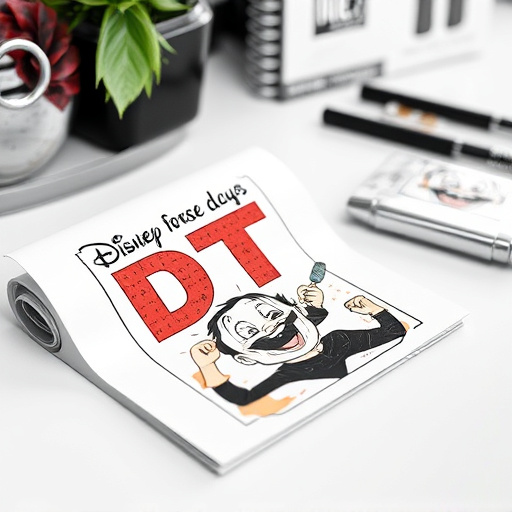DTF (Direct to Film) Transfers Ready to Press is a revolutionary technology for garment customization, enabling precise printing on light fabrics like cotton and polyester blends. It streamlines production with direct image transfer through specialized printers, resulting in durable, high-quality prints. To optimize DTF transfers, pre-treat fabrics, use apparel-specific inks, invest in top-tier equipment, and follow best practices for design and application, leading to faster turnaround times, enhanced print quality, and increased client satisfaction for custom apparel businesses.
Looking to boost your printing efficiency with DTF (Direct-to-Film) transfers ready to press? This comprehensive guide unravels the secrets to optimizing your workflow. We’ll explore the fundamentals of DTF transfers, offering strategic insights for enhanced productivity. From setup and tool selection to best practices, you’ll discover a step-by-step approach to achieve seamless, high-quality results with your DTF printing.
- Understanding DTF Transfers Ready to Press
- Strategies for Optimizing Efficiency in DTF Printing
- Tools and Best Practices for Seamless Implementation
Understanding DTF Transfers Ready to Press
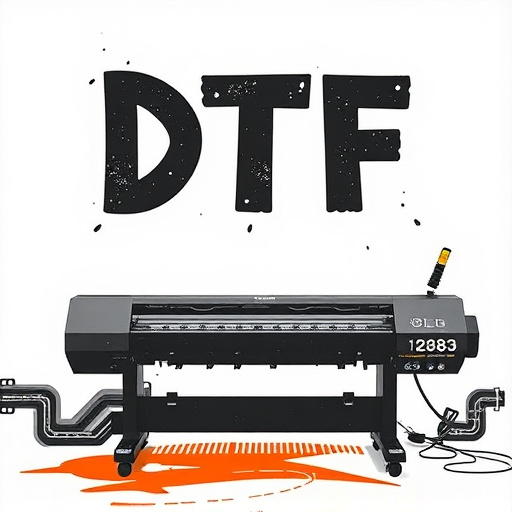
DTF (Direct to Film) Transfers Ready to Press is a cutting-edge technology that allows for precise and efficient printing on various materials, particularly light fabrics. This innovative process streamlines the garment customization journey by eliminating the need for complex setup and plate preparation, unlike traditional methods. With DTF transfers, designers and manufacturers can swiftly create personalized hoodies, t-shirts, and more, ensuring a seamless experience from design to production.
The versatility of DTF printing is particularly notable when applied to light fabrics like cotton and polyester blends. It enables the creation of intricate graphics, vibrant colors, and detailed designs with remarkable precision. Direct to film technology directly transfers the image onto the fabric through a specialized printer, resulting in high-quality prints that are both durable and visually appealing. This method revolutionizes custom apparel production, allowing for faster turnaround times and greater customization options.
Strategies for Optimizing Efficiency in DTF Printing
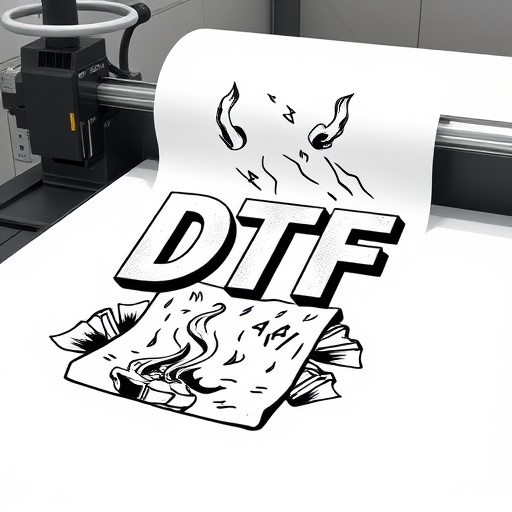
To maximize efficiency with DTF (Direct to Fabric) transfers ready to press, consider implementing several strategic optimizations. Firstly, pre-treatment is key; preparing fabrics properly enhances adhesion and print quality. Treatments like cleaning and softening the fabric surface ensure the best possible bond between the design and the material. Additionally, using high-quality DTF inks specifically designed for apparel ensures vibrant, durable prints that reduce the need for reworks.
Another essential strategy is to invest in top-tier printing equipment and maintain it regularly. Modern printers with advanced features can significantly speed up production times while maintaining consistency across batches. Regular maintenance, including cleaning and calibration, further enhances efficiency by minimizing downtime and ensuring optimal performance. For businesses focusing on DTF for custom graphic tees or apparel, these strategies translate to faster turnaround times, higher client satisfaction, and ultimately, improved profitability.
Tools and Best Practices for Seamless Implementation
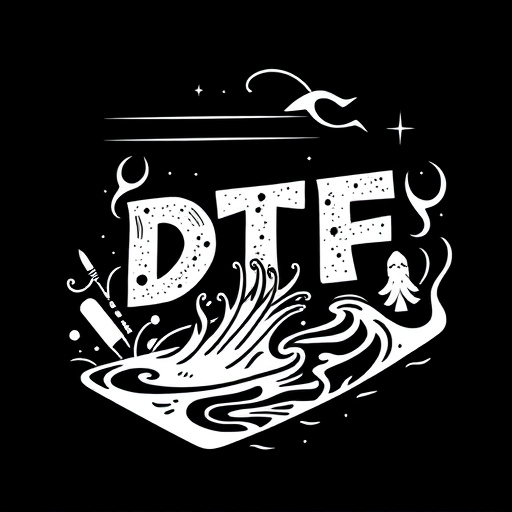
To seamlessly implement DTF (Direct to Film) Transfers Ready to Press, invest in high-quality tools and equipment designed for precision and efficiency. This includes top-tier DTF heat transfer paper, compatible with your printing software and hardware. Using the right paper ensures optimal color reproduction and long-lasting prints on a variety of fabrics. Additionally, consider acquiring advanced printers and plotters that support direct-to-film technology, offering smoother workflows and faster turnaround times.
Best practices involve preparing designs digitally using vector graphics for crisp lines and clean edges. Vector art also allows for easy resizing without compromising quality. Before printing, ensure your design software is calibrated correctly with the specific DTF transfer paper to avoid color shifts or misalignments. Regularly calibrate and maintain your equipment to guarantee consistent results. Lastly, follow manufacturer guidelines for heat application, pressing time, and temperature to achieve professional-grade, personalized hoodies or other garments using direct to film transfers.
DTF (Direct to Fabric) transfers ready to press offer a streamlined way to enhance efficiency in printing. By understanding the process, implementing optimized strategies, and utilizing the right tools, you can achieve seamless results. Incorporating these practices into your workflow will not only boost productivity but also ensure high-quality, vibrant prints on a variety of fabrics. Remember, efficient DTF printing is achievable with the right knowledge and techniques.


